Shopping is not what it used to be. A few years back, people either went to a store or bought something online.
Today, the lines are blurry. Customers want the best of both worlds. They want the touch and feel of a store but also the speed and ease of eCommerce.
This is where Phygital Retail comes in.
So, what exactly does “phygital” mean? The word itself is a fun combination of “physical” and “digital”.
It blends the best parts of physical shopping with the amazing things we can do online. It makes your shopping trip super smooth.
In this guide, we’ll explore what phygital retail is all about, share some real-life success stories, and give you some simple tips to get started. Let’s jump in! 🚀
What is Phygital Retail?
“Phygital” is simply the mix of physical and digital. It combines the real-world shopping experience with digital tools. Think of it like a bridge that connects your favorite shopping mall with your favorite shopping app.
For example, imagine you’re at a clothing store. You like a jacket but are not sure how it will look in different colors. Instead of guessing, you use an app in-store to preview the jacket in red, black, or blue using augmented reality (AR). That is phygital.
Or maybe you browse online, reserve a product, and then pick it up from the store the same day. That’s also phygital.
It’s about giving customers flexibility, convenience, and a more personalized experience.
Why Phygital Retail Matters
At its core, phygital retail is the perfect mix of two distinct worlds. The physical world offers us sensory experiences we just can’t get online. We can touch a new sweater, try on a new dress, smell a perfume, and talk with a real person for advice.
On the other hand, the digital world gives us incredible convenience, like a huge inventory, personalized product information, and a fast, frictionless checkout.
Phygital retail takes these two sets of benefits and merges them into a single, cohesive experience. The goal is to get rid of all the pain points of shopping.
For example, it solves common problems like long checkout lines, products being out of stock, or not knowing where to find something in a large store.
By combining the best of both worlds, phygital solutions make shopping less of a chore and more of a pleasure.
Whether you’re a shopper or a business owner, phygital is important for everyone.
For Customers
It means a better, less stressful shopping experience. You can check if a product is in stock before you leave the house and find what you need quickly once you arrive. You also get personalized deals and recommendations that make you feel like the brand truly understands your needs.
For Businesses
It’s about survival and growth. Today’s customers expect this level of service. If you can’t offer it, they’ll simply go to a competitor who can. A smart phygital strategy can attract more customers, build stronger loyalty, and provide you with valuable data on how people shop both online and in your physical store.
It means a better, less stressful shopping experience. You can check if a product is in stock before you leave the house and find what you need quickly once you arrive. You also get personalized deals and recommendations that make you feel like the brand truly understands your needs.
It means a better, less stressful shopping experience. You can check if a product is in stock before you leave the house and find what you need quickly once you arrive. You also get personalized deals and recommendations that make you feel like the brand truly understands your needs.
Tab 3
Lorem ipsum dolor sit amet . The graphic and typographic operators know this well, in reality all the professions dealing with the universe have a stable relationship with these words, but what is it? Lorem ipsum is a dummy text without any sense.
If you are going to use a passage of Lorem Ipsum, you need to be sure there isn’t hidden in the middle of text. All the Lorem Ipsum generators on the Internet tend to repeat predefined chunks as necessary, making the first true on the Internet.
Key Technologies Driving Phygital Retail
So, how does this phygital magic happen? It all comes down to some incredible technologies.
These tools help connect the real world with the digital world. They let stores create experiences that feel new and exciting.
Let’s dive into these important technologies. They help us understand the whole phygital change.
1. Augmented Reality (AR) and Virtual Reality (VR)

AR and VR help shoppers “experience” products before buying.
AR lets you try on clothes, makeup, or even furniture through your phone. VR creates virtual stores where you can walk around from home.
Augmented Reality or AR, adds digital layers to the real world. Imagine you’re shopping for a sofa. Instead of guessing if it will fit, you open an AR app. It helps you check the size, color and style before buying.
Brands like Sephora use AR-powered smart mirrors that let customers experiment with different makeup looks without applying a single product. Similarly, IKEA’s “Place” app allows you to virtually place furniture in your home to see if it fits and matches your decor. These experiences are not only helpful but also incredibly fun and engaging.
Virtual Reality or VR, goes one step further. It creates a whole new world where you can walk through virtual stores or attend special brand events. It’s less common in daily shopping but perfect for immersive experiences that people remember.
You can also read: How To Use AI Product Recommendations System to Increase Your eCommerce Sales.
2. Artificial Intelligence (AI) and Machine Learning (ML)
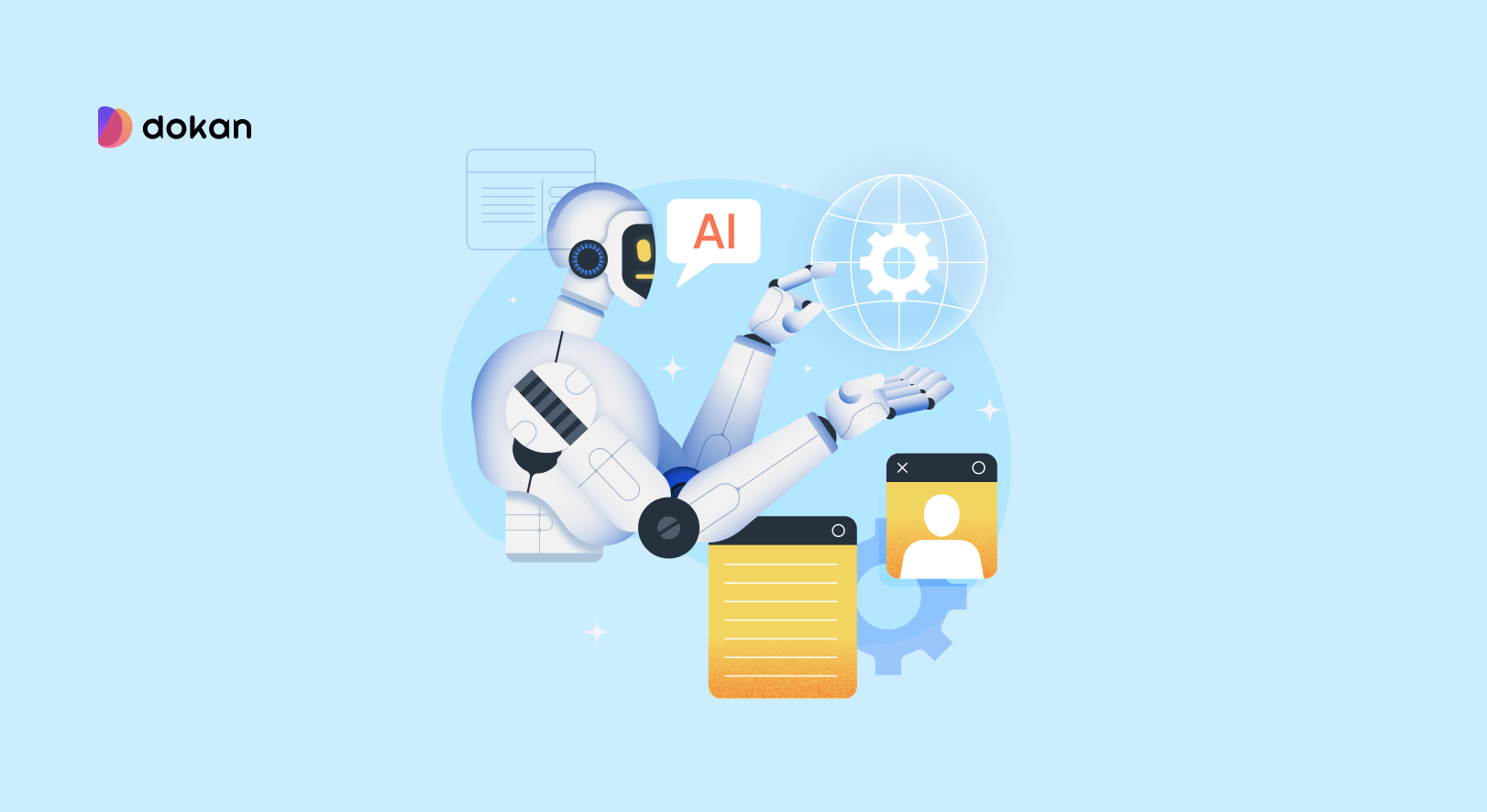
AI and ML are the real brains behind phygital retail. They make shopping feel personal and smooth, almost like the store knows you.
AI tools looks at huge amounts of data. This can be what you search for online, what you’ve bought before, or even how you move around a store. From that, it creates personalized suggestions. Maybe it shows you shoes that match the jacket you just added to your cart. Or it gives you a special discount on something you’ve been eyeing for weeks.
Machine Learning takes this a step further by learning your patterns. It can predict what you might buy next. It also powers tools like chatbots that answer questions instantly. So, you don’t have to wait for a sales rep.
In physical stores, AI-powered cameras and sensors can see how shoppers move through the space. This helps retailers design better layouts and place products where they’ll get noticed. Even digital screens inside a store can be AI-driven, changing ads on the spot to match the shopper standing in front of them.
AI and ML don’t just help stores sell more. They make the experience smarter, faster, and more enjoyable for customers.
3. Interactive Kiosks and Smart Mirrors
Interactive kiosks and smart mirrors are changing how people shop inside stores. They turn regular shopping into something faster, smarter, and more fun.
Kiosks are like having a personal shopping assistant right there in the store. You can walk up to one, search for products, check if your size is available, or see color options. If an item is sold out, many kiosks let you order it online and have it delivered to your home. They cut down waiting time, reduce the need to flag down staff, and make stores feel more connected to the online world.
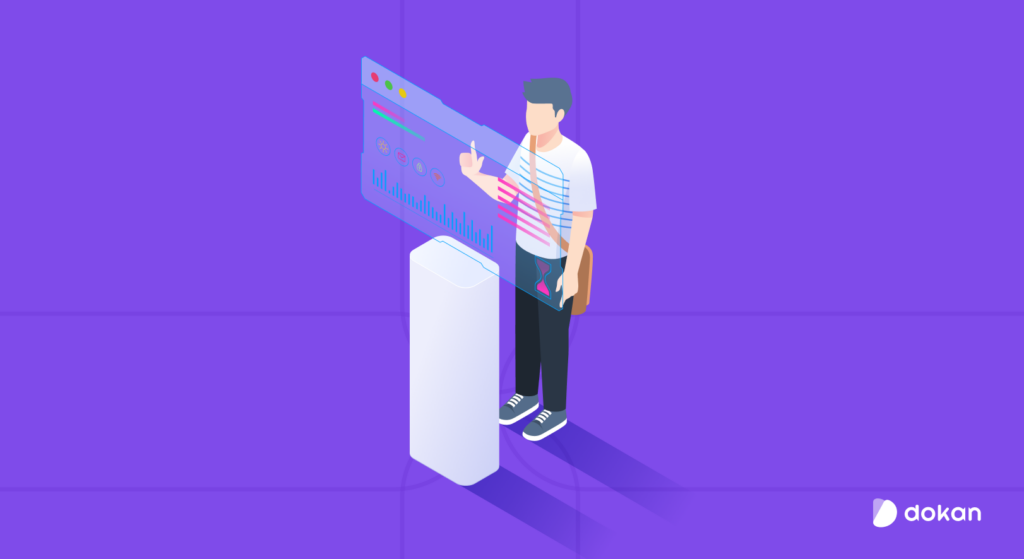
Smart mirrors take things even further. In clothing stores, you can step in front of a mirror and see how a jacket looks in different colors without actually changing. In beauty stores, the mirror can apply different shades of lipstick or eyeshadow virtually so you can test as many as you want in seconds. Some even let you save your looks, share them with friends, or send them straight to your phone.
These tools don’t just make shopping easier. They also create memorable experiences that keep customers coming back. They make people feel like the brand cares about making shopping simple, personal, and enjoyable.
4. Mobile Apps and Data Integration
Your smartphone is the real gateway to phygital retail. A simple app can turn a normal store visit into something personal and effortless.
Think about walking into a shop and being greeted by the store’s app. It shows you where to find the products you’ve saved on your wishlist. As you pass by something you looked at online, your phone buzzes with a coupon. It feels like the store actually knows you.
Apps also make loyalty programs more engaging. You don’t need to carry a card anymore. Instead, you can earn points, redeem rewards, and track your progress directly from your phone.
What really makes this powerful is data integration. Your online activity and in-store behavior flow together in one place. Retailers can see the full picture of how you shop. This allows them to improve their offers, make better suggestions, and create a seamless experience every time you interact with the brand.
5. Data Analytics and Personalization
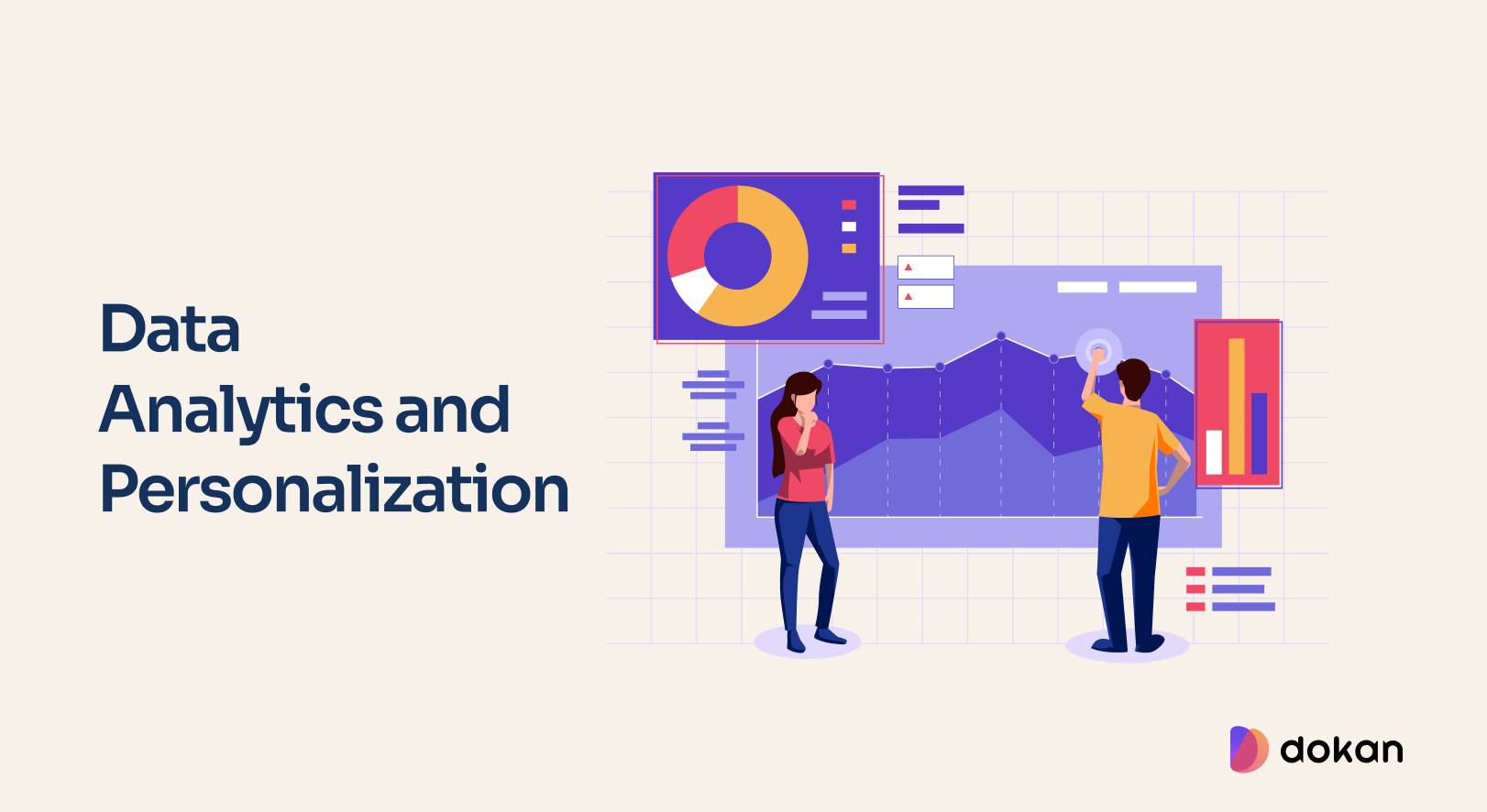
Data Analytics and Personalization
Data is what makes phygital retail really work. Every time you browse online or shop in-store, you leave behind little clues about what you like. When retailers put all of that together, they get a much clearer picture of you as a shopper.
This is where eCommerce personalization comes in. Instead of showing random ads or generic offers, the store can send you deals that actually matter. Maybe it’s a discount on the sneakers you checked out online last week or a reminder about the skincare brand you always buy. It feels less like marketing and more like helpful suggestions.
Behind the scenes, data also helps stores run smarter. It tells them which products are likely to sell out, when to adjust prices, and how to keep shelves stocked at the right time. For customers, it means you’re more likely to find what you need, when you need it.
In short, data takes the guesswork out of shopping. It makes everything smoother, more personal, and more rewarding for both you and the retailer.
6. Internet of Things (IoT)

The Internet of Things or IoT, is what brings everyday objects in a store to life. It’s the tech quietly working in the background to make shopping smoother.
Take smart shelves for example. They can sense when products are running low and alert staff before you ever notice an empty space. Beacons are another clever tool. Walk past a product in-store and if you have the app, a special offer can pop up on your phone right away.
Then there are RFID tags. These little smart labels help track items from the warehouse to the shelf. In some stores, they even make it possible to skip the checkout line altogether. You just pick up what you need and walk out, while the system automatically charges you.
All of this data helps stores understand how people shop, which products grab attention, and how to run things more efficiently. For shoppers, it means better-stocked shelves, fewer lines, and a shopping trip that feels seamless from start to finish.
Real-Life Phygital Success Stories
Phygital retail isn’t just theory. Some of the biggest brands in the world are already using it to wow their customers. Let’s look at a few stories that show how powerful it can be.
Nike
Nike has mastered blending online and offline. With the Nike app, shoppers can scan products in-store to see more details, check available sizes, or even reserve items. They also use AR to help people measure their feet for the perfect shoe fit. It feels like the app is your personal shopping buddy.
Sephora
Sephora makes trying beauty products easy with its “Virtual Artist.” Using AR, you can see how different shades of lipstick or eyeshadow look on you without applying a single product. In-store, their digital kiosks let you explore thousands of products and get personalized recommendations. It’s fun and saves time.
Amazon Go
Amazon Go stores take convenience to another level. There are no checkout counters. You scan the app when you walk in, grab what you need, and walk out. Sensors and cameras track everything, and the app charges you automatically. No lines, no waiting, just grab and go.
Starbucks
Starbucks has built one of the smoothest phygital experiences. Customers can order ahead on the app, pay digitally, and pick up their coffee without standing in line. The app also ties in loyalty rewards, so every purchase online or offline feels connected.
IKEA
IKEA helps shoppers avoid guesswork with its AR app. You can drop a sofa or table into your living room using your phone to see how it fits and looks before buying. It makes shopping for big furniture a lot less stressful.
Challenges in Implementing Phygital Retail
Phygital retail sounds great, right? But it’s not always easy. There are some big challenges. Mixing physical and digital shopping needs careful planning. It needs a lot of money too. And stores must be ready to face tough problems. If a store wants to go phygital, they need to be prepared.
1. High Initial Investment
First, it costs a lot to start. Stores need to buy new things. They might need new tech like AR/VR headsets, AI systems, smart sensors, or interactive screens. It’s not just the gadgets. There’s also money for software and for connecting all the different systems. Plus, staff need training. All this costs a lot. For smaller shops, this can be a huge problem. It can stop them from even trying .
2. Data Integration and Silos
For phygital to work well, stores need to know their customers. This means all the customer info must be in one place. But often, data is scattered. Online sales data is in one spot. In-store purchases are in another. Loyalty program info is somewhere else. Customer service notes are separate. Bringing all this data together is hard.
3. Technological Complexity
Phygital uses many different technologies. This can be very complicated. You need special tech experts for this. Making sure everything works together is tough. Keeping it safe is tough too. And technology changes fast. So, what’s new today might be old tomorrow. This means stores need to keep spending money.
4. Employee Training and Adoption
Technology is only part of the story. People are just as important. Stores need to train their staff. Salespeople need to learn new digital tools. They need to understand data. They need to give a great experience everywhere.
5. Maintaining a Seamless Experience
Phygital promises a smooth shopping trip. But making it truly smooth is a big challenge. If things don’t work well between online and offline, customers get annoyed. They might lose trust. This means prices must be the same everywhere. Products must be in stock. Returns must be easy. Customer service must be consistent. Keeping everything smooth needs constant checking.
6. Privacy Concerns
Phygital retail collects a lot of your information. So, privacy is a huge deal. People care more now about how their data is used. There are also strict rules about data like GDPR and CCPA. Stores must be open about what data they collect. They need your permission and they must keep your information safe. A data leak can really hurt a brand.
Dealing with these problems needs a smart plan. It needs a long-term view. It needs stores to be open to new ideas. And they need to understand both tech and people. Only then can stores really use the power of the phygital revolution.
Conclusion
Phygital retail is changing the way we shop by combining the best of physical stores and the digital world.
In this blog, we explored key technologies like AR, AI, and mobile apps that are helping businesses improve customer experiences and boost sales.
While there are challenges, like high costs and tech complexity, stores that plan well and focus on customer needs will thrive. The future is exciting, and we’re just getting started.
What do you think? Drop your thoughts in the comments below!
Subscribe to
Dokan blog
We send weekly newsletters, no spam for sure!

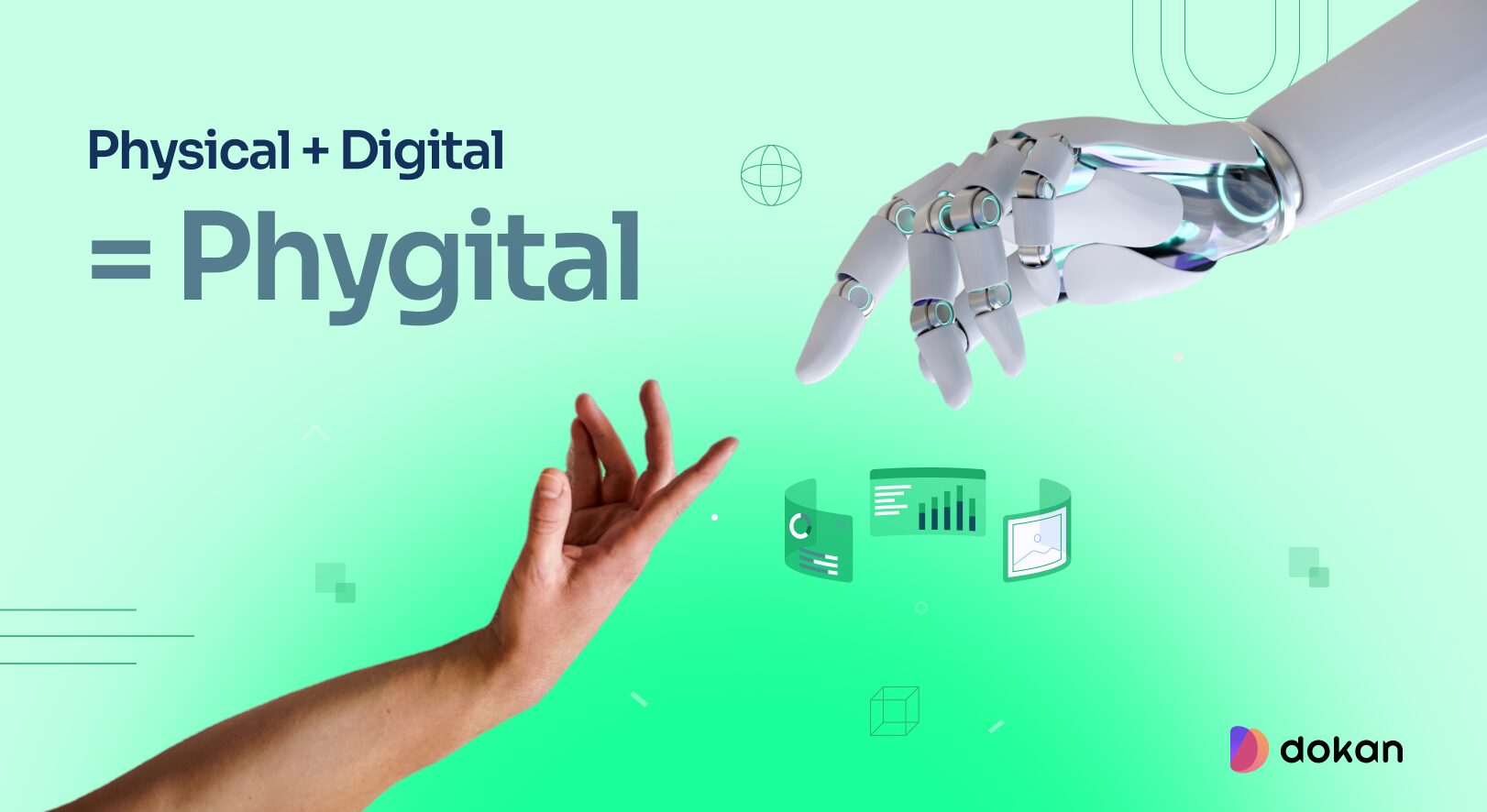


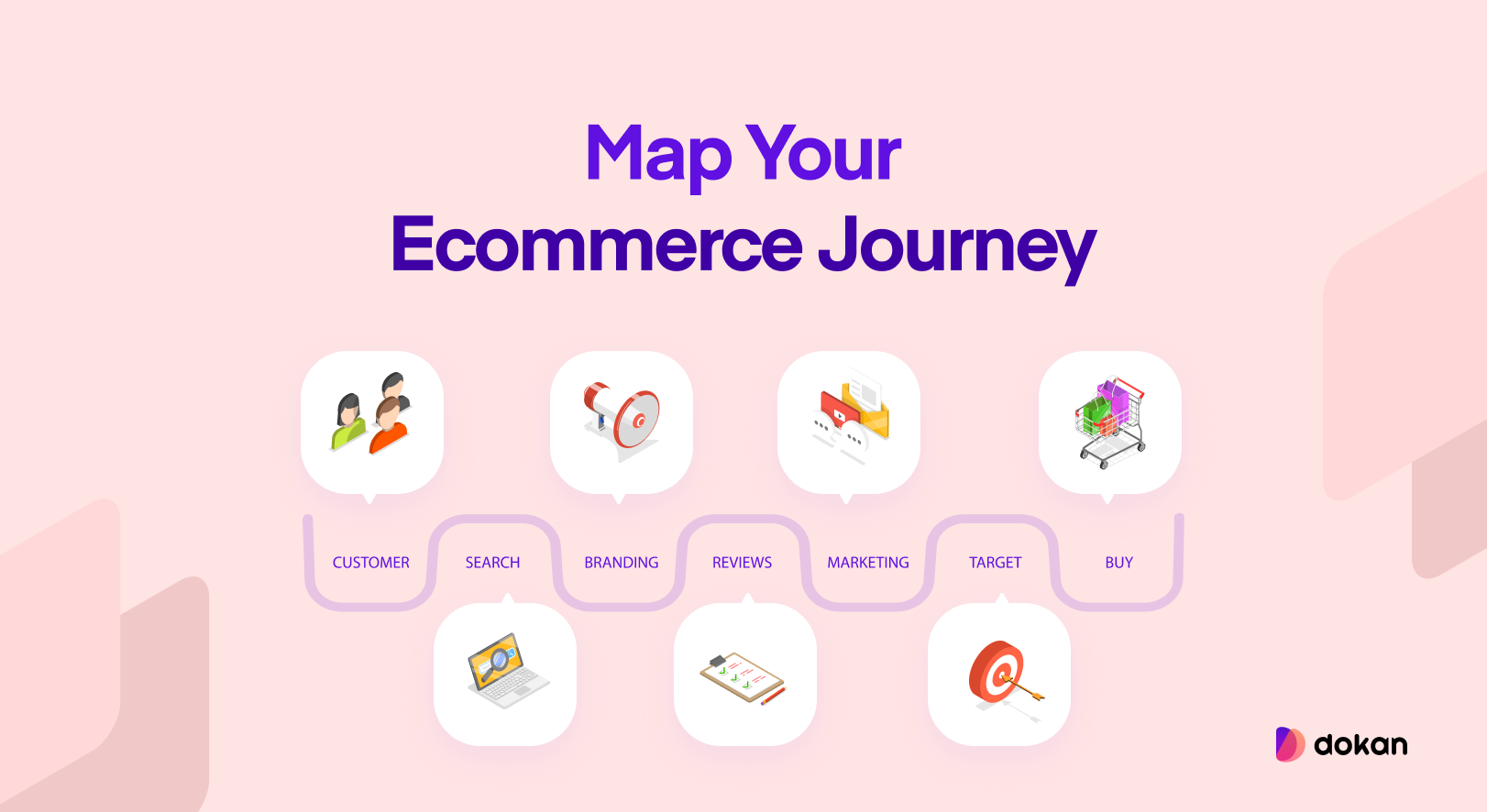
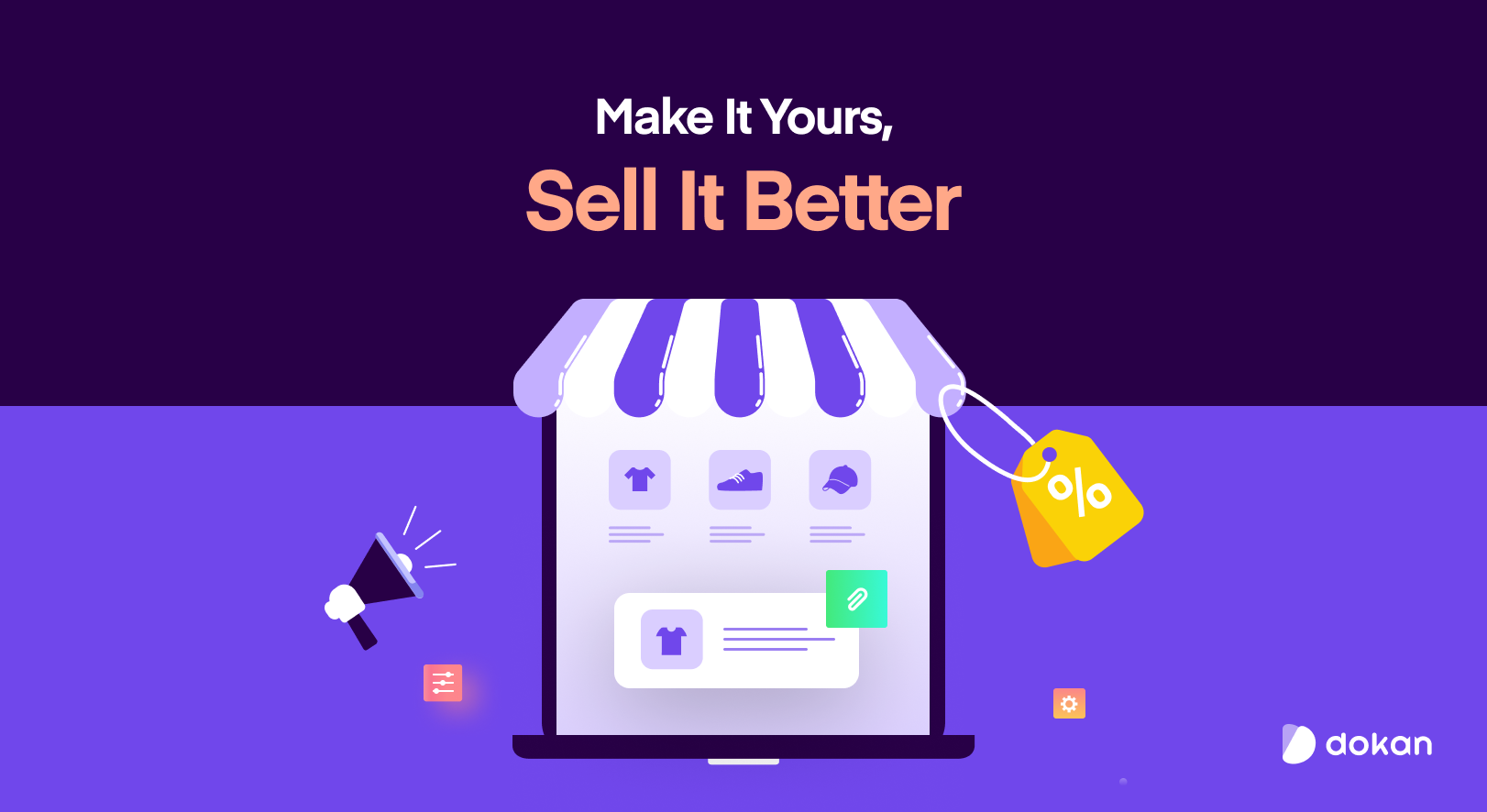

Leave a Reply